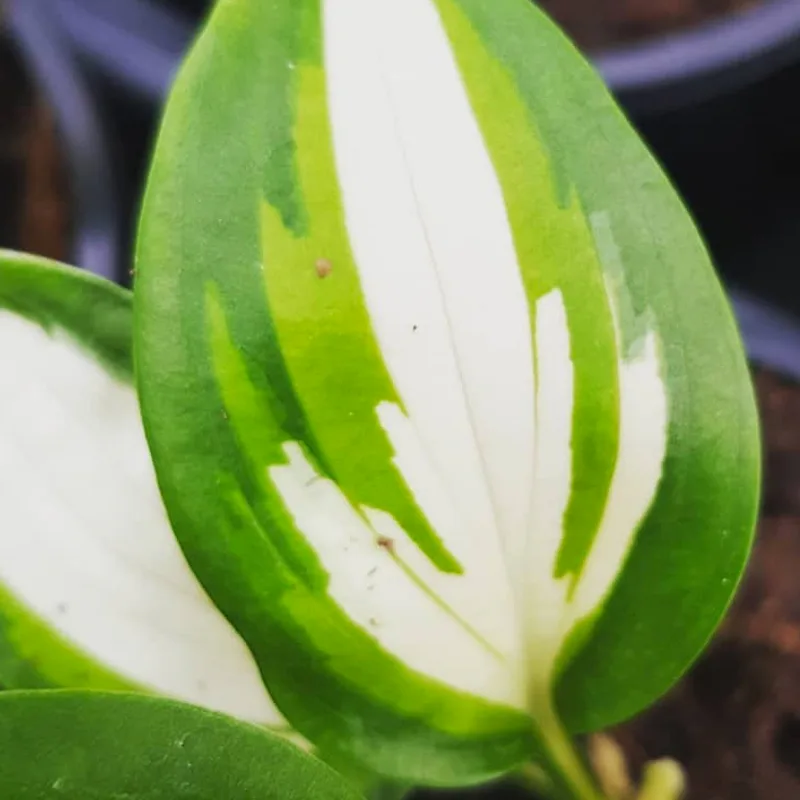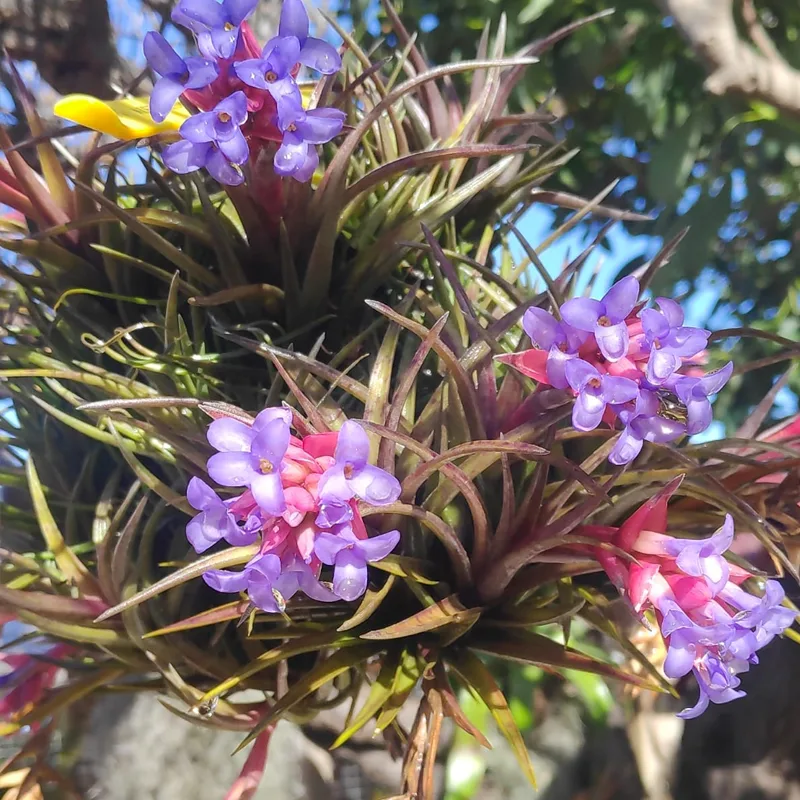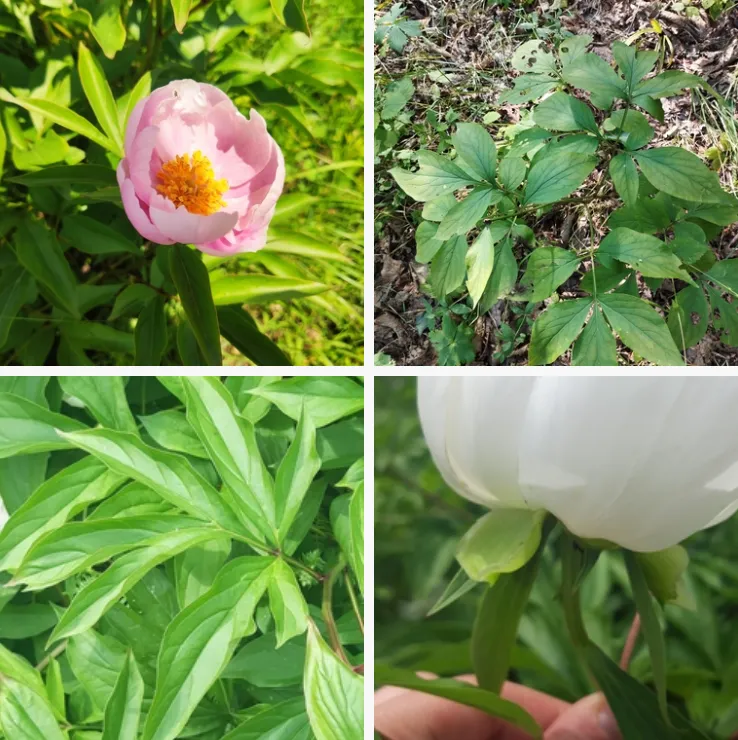My Fascination with the Tara Genus
As a botanist, I’ve always been drawn to the diversity and resilience of plant life. One genus that particularly piques my interest is Tara, a group of flowering plants belonging to the legume family, Fabaceae. Native to the Americas, these trees and shrubs are not only fascinating from a botanical perspective but also hold significant economic and ecological importance.
Unpacking the Tara Genus
The Tara genus is relatively small, comprising only three recognized species:
- Tara spinosa: Tara spinosa, commonly known as “Tara” or “Spiny Holdback,” is native to the Andean region, primarily Peru, where it has been traditionally cultivated for its seed pods. These pods contain tannins used in leather tanning and natural dyes. Tara spinosa is a multi-functional, hardy plant that thrives in semi-arid climates with minimal water needs. Its small, bipinnate leaves and prickly branches are complemented by reddish-purple flowers, which are not only visually appealing but also support local pollinators. In addition to its economic value, Tara spinosa is valued for erosion control and soil improvement in challenging landscapes.
- Tara cacalaco: Tara cacalaco, also known as the “Mexican Buckthorn,” is a small, spiny tree native to Mexico, notable for its resilience in arid environments. Its striking yellow flowers bloom in clusters, attracting pollinators and adding vibrant color to its landscape. The tree’s branches are covered in sharp thorns, making it well-suited for use as a natural barrier or hedge. Tara cacalaco is drought-tolerant, thriving in poor soils where other plants struggle, and is often chosen for reforestation efforts in degraded areas due to its adaptability and soil-stabilizing roots.
- Tara vesicaria: Tara vesicaria is a lesser-known species within the Tara genus, primarily distinguished by its unique balloon-like seed pods that have an inflated, vesicular appearance. Native to parts of South America, this plant has adapted well to dry and rocky soils, making it ideal for landscaping in xeriscape gardens. The tree’s small, compound leaves and dense branching create a compact, bushy appearance, offering shelter to small wildlife. Tara vesicaria’s pods, rich in tannins, serve similar economic purposes to Tara spinosa in traditional dyeing and tanning, but it remains less commonly cultivated, mainly due to its restricted native range.
The Significance of Tara Spinosa
Among the three species, Tara spinosa has garnered the most attention due to its economic value. The pods of this species are a rich source of hydrolysable tannins, particularly gallotannins. These tannins find applications in the leather industry for tanning and dyeing, contributing to the production of high-quality leather goods.
Beyond its use in leather production, tara tannins are also employed in the food industry as a natural food additive and flavoring agent. They act as a stabilizer and emulsifier in various food products. Furthermore, tara gum, derived from the endosperm of the seeds, serves as a thickening and gelling agent in food and pharmaceutical applications.
Ecological Importance of Tara
The significance of the Tara genus extends beyond its economic value. These plants play a crucial role in their ecosystems. Their deep root systems help prevent soil erosion, especially in arid and semi-arid regions prone to degradation. Furthermore, Tara species serve as valuable food sources and habitats for various wildlife, contributing to biodiversity in their native regions.
Conservation Concerns
Despite their resilience, Tara species, particularly Tara spinosa, face threats due to overexploitation and habitat loss. The increasing demand for tara tannins and gum has led to unsustainable harvesting practices in some areas. Deforestation and land conversion for agriculture further contribute to the decline of Tara populations.
Recognizing these threats, conservation efforts are underway to promote sustainable harvesting practices and protect the natural habitats of Tara species. These efforts include reforestation programs, community-based conservation initiatives, and research to develop cultivation techniques that reduce pressure on wild populations.
Looking Ahead
The Tara genus exemplifies the interconnectedness between humans and the natural world. These plants provide valuable resources for various industries, contribute to ecological stability, and support biodiversity. As we continue to benefit from the resources provided by Tara species, it’s crucial to prioritize sustainable practices and conservation efforts to ensure their long-term survival. The future of these remarkable plants depends on our commitment to responsible stewardship.
If i die, water my plants!



